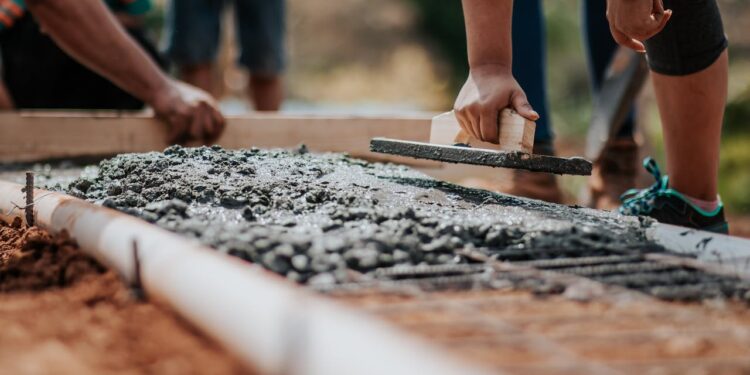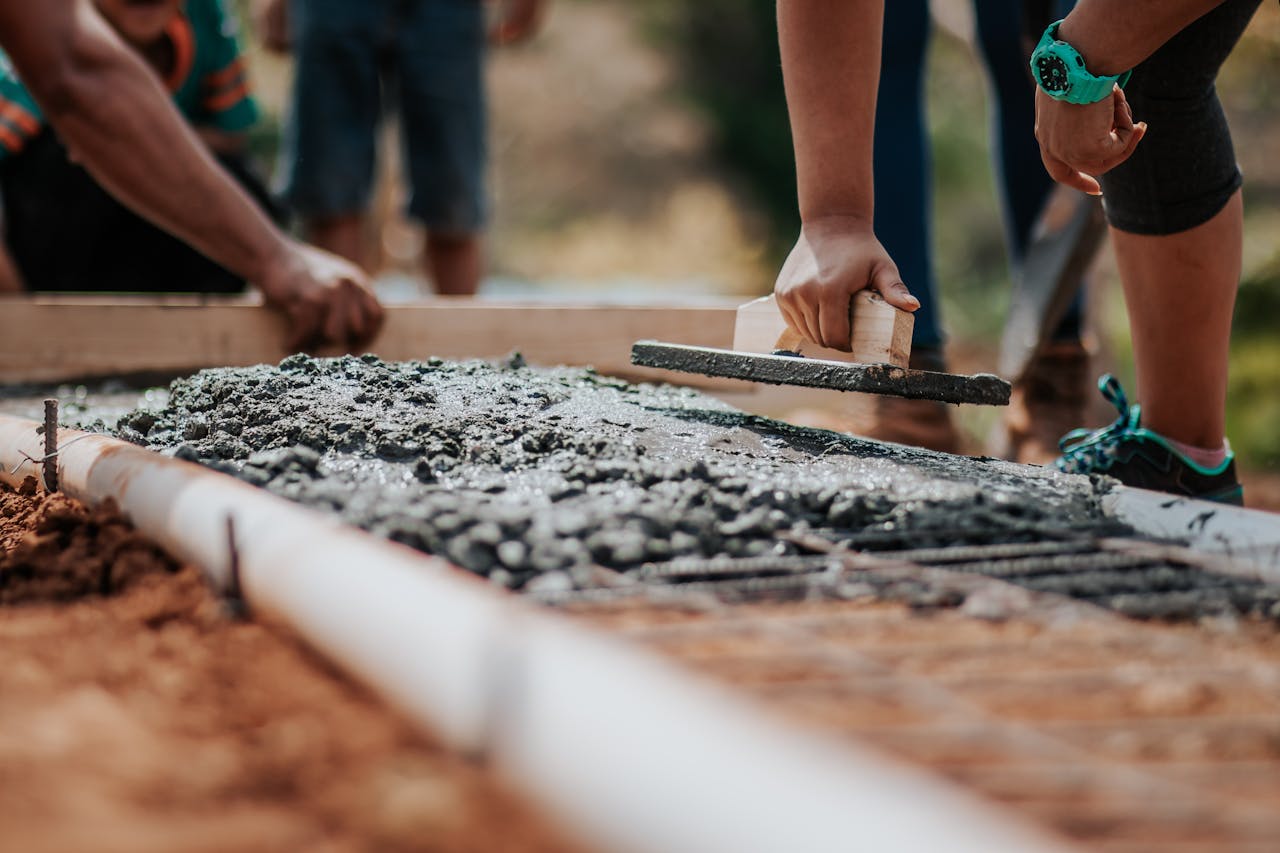Where Construction Meets Innovation: Trends to Watch


Have you ever walked past a construction site and wondered how the industry keeps evolving so fast? The cranes, machines, and even the materials seem more advanced than they were just a few years ago. Construction is no longer just about bricks and mortar. It now combines new technologies, creative designs, and smarter ways to build. This shift helps meet the growing demands of safety, speed, sustainability, and cost-efficiency.
In this blog, we will share the most important trends reshaping the construction world and what they could mean for future homes, buildings, and communities.
Table of Contents
Green Building Practices Are Rising
Construction is no longer just about building quickly. People now care more about how projects affect the planet. Builders are using greener materials, recycling waste, and focusing on energy-efficient designs. These practices reduce harm to the environment and lower energy bills for the people who use the finished buildings. From bamboo flooring to solar panels, many materials now come from nature and return safely to it. These trends show that green building isn’t a luxury anymore—it’s becoming a standard.
Governments and clients often ask for eco-friendly projects. This push is helping builders learn better methods that are both safe and sustainable. Some builders now use software to track a project’s carbon footprint. They can adjust plans to reduce waste and energy use. Green building certifications are also becoming more common, making these trends more permanent in the construction world. Green construction is a smart mix of caring for the planet and planning for the future.
Luxury and Sustainability Work Together
Luxury construction used to focus mainly on looks and comfort. Today, it’s also about how buildings interact with nature. More people want homes that look amazing and also respect the environment. This shift has brought attention to features like water-saving systems, energy-efficient lighting, and indoor gardens. Sustainable landscaping in luxury architecture is also growing. Designers now use native plants, smart irrigation, and organic materials to create beautiful outdoor spaces that don’t harm the ecosystem.
Sustainability now adds value to luxury, rather than taking anything away. Wealthy clients want to feel good about how their homes are built. That’s why they’re choosing eco-friendly designs, solar roofs, and recycled wood. Landscapes are no longer just for beauty—they’re also practical and designed to support healthy living. This trend shows that it’s possible to enjoy comfort while being kind to the environment. It proves that luxury and responsibility can work side by side.
Smart Technology on the Job Site
Technology is changing every step of the construction process. Smart tools and machines now help teams work faster and with fewer mistakes. Wearable devices, like smart helmets and vests, track worker safety and alert them to hazards. Drones take photos from above, giving project managers a full view of the site. These tools save time and give teams better control over each stage of the project.
Modular and Prefab Construction
Modular and prefab building methods are becoming more popular, especially in cities. These techniques let builders create parts of a building off-site in a controlled setting. The finished pieces are then brought to the location and assembled like building blocks. This saves time and lowers costs, especially on large-scale projects like schools, hospitals, and housing units.
One major benefit is how clean and safe the process is. Since much of the work happens in a factory, there’s less dust, noise, and disruption at the job site. It also reduces delays caused by weather. These methods offer flexibility too. Builders can add or remove sections as needed. More companies are turning to prefab options to speed up timelines without lowering quality. It’s a simple idea with big results: build smarter, not harder.
Better Safety Through Innovation
Construction work has always involved risks, but new tools are making job sites safer. Builders now use sensors and wearable gear to watch for danger. These tools give warnings when someone enters a restricted area or when heavy equipment gets too close. Simple changes like better lighting and clear signs also help prevent accidents.
Training is changing too. Workers now use virtual reality (VR) to practice handling risky situations. This helps them learn without facing real danger. It’s like rehearsing before a performance, but for safety. Many companies are focusing more on protecting workers and using smart data to find patterns in accidents. These changes are creating job sites that are safer and more organized than ever.
3D Printing in Construction
3D printing is no longer just for making small models. It’s now being used to print real homes and buildings. Using large machines, builders can “print” walls and parts out of concrete or other strong materials. This process takes less time and uses fewer workers. It also cuts down on material waste, which makes it both fast and green.
Builders can also use 3D printing to make custom parts for buildings. If a unique shape is needed, they can design and print it quickly. This makes the construction process more flexible. It allows for creative designs that weren’t possible before. As the technology improves, it’s likely to become a regular part of modern buildings. It’s a clear sign that innovation is reshaping how we build.
In conclusion, innovation in construction is no longer optional. It shapes how we build and how we live. From smart tools to eco-friendly designs, the industry is changing to meet today’s needs and tomorrow’s dreams. Each new trend adds a layer of purpose and progress to the work being done. These changes don’t just benefit companies—they impact workers, families, and entire communities. By paying attention to these trends, we can build not just better structures, but better futures. The next time you walk past a construction site, take a closer look. You might be seeing the future being built right in front of you.






